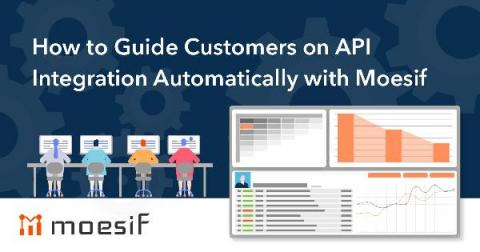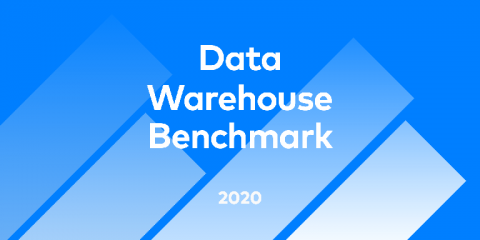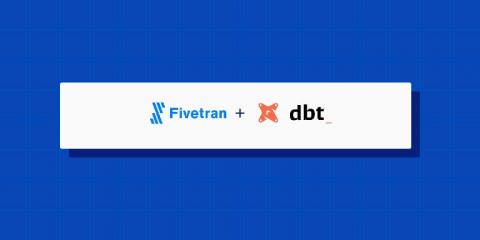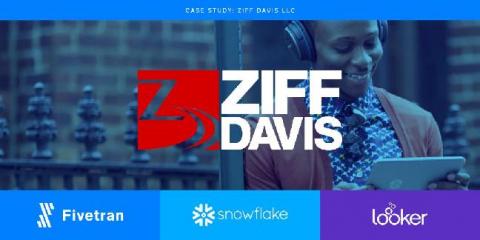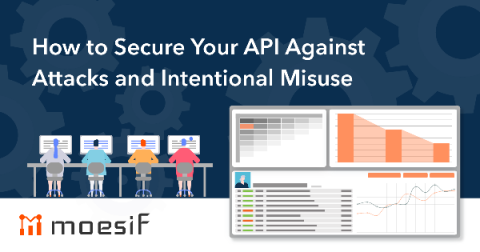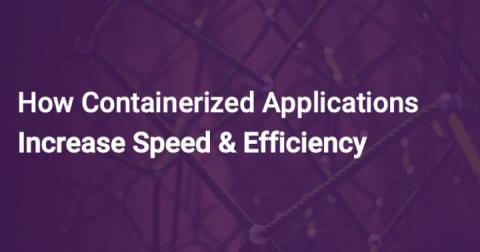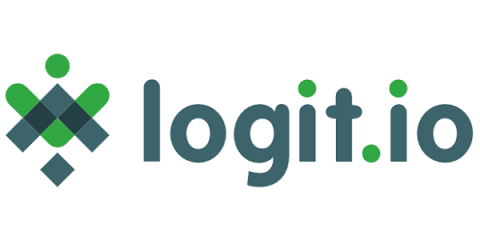How to Guide Customers on API Integration Automatically with Moesif
You have an API program that developers are adopting; Customers have signed up, but some haven’t integrated yet; Of those that have integrated, a few got stuck early on and went silent; Ideally, you’d like to help both sets of customers move through the developer funnel. Moesif can act a catalyst for your developers, proactively informing them of integration issues before frustration sets in and they give up. Ensure they have a good experience – unblock your customers ASAP.


